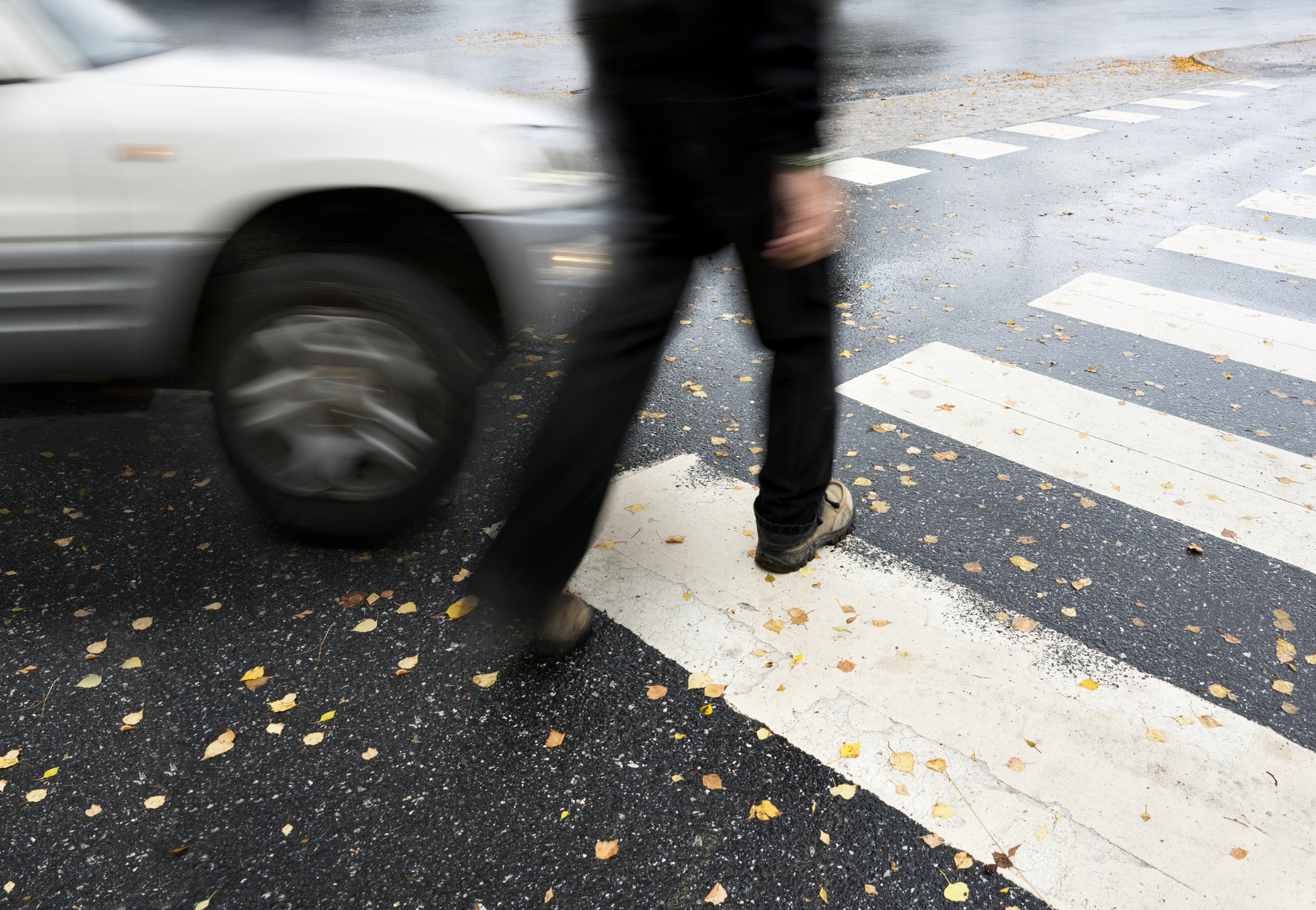From 2021 to 2023, pedestrians were the second largest group of crash fatalities in New Jersey each year. As of December 4th, 152 pedestrian fatalities have been reported in New Jersey so far this year. Even more have been seriously injured.
Our dedicated team of pedestrian accident lawyers is no stranger to these cases, and we’re here to assist you every step of the way. We specialize in helping victims like you understand their rights and navigate the often complex legal aftermath of an accident. Our approach focuses on:
- Understanding Your Rights: We’ll explain your legal rights and options, ensuring you’re fully informed about your case.
- Dealing with Insurance Companies: Our team will handle all communications with insurance companies, ensuring you’re not taken advantage of and that your interests are vigorously represented.
- Securing Maximum Compensation: We understand the importance of being fully compensated for your injuries and related expenses. That’s why our goal is to secure the maximum compensation possible for your injuries.
With the help of our NJ personal injury lawyers, you can focus on your recovery while we work tirelessly to secure the compensation you deserve. Trust us to be your advocates in this challenging time.


